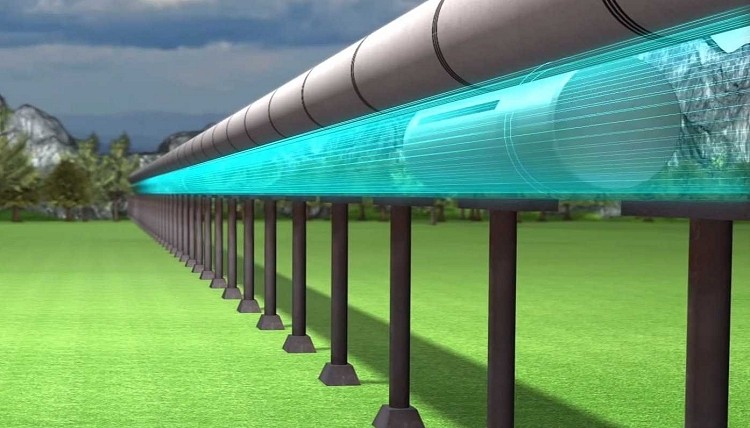
Transportation technology has improved vastly since the days of the horse and buggy. Consumers now have access to automobiles that can top 250 mph and airplanes that can transport people across the country in less than six hours but if you are SpaceX and Tesla Motors CEO Elon Musk, these methods simply aren’t good enough.
Musk recently announced plans to unveil a system dubbed Hyperloop on August 12. Described as a cross between a Concorde, a rail gun and an air hockey table, it’s essentially a network of cross-country tubes with capsules inside that would be used to transport up to six people (and their luggage) from one side of the country to the other in just 45 minutes.
The transportation system would use maglev technology similar to what is in use by bullet trains to propel the capsules at up to 4,000 mph. All air would be removed from the tube system to eliminate friction and we are told that human passengers would only feel the G-forces they already experience in a traditional vehicle.
This all sounds amazing on paper but the real-world implementation would naturally be met with many hurdles although price may not be one of them. According to Musk, the system would only need 1/20th the amount of materials as a high-speed rail line and cost 1/10th as much to build. Put another way, the cross-country Hyperloop would only cost 25 percent of what it would cost to build a highway.
The savings would be passed on to consumers as a trip from New York to Los Angeles would only set you back about $100.